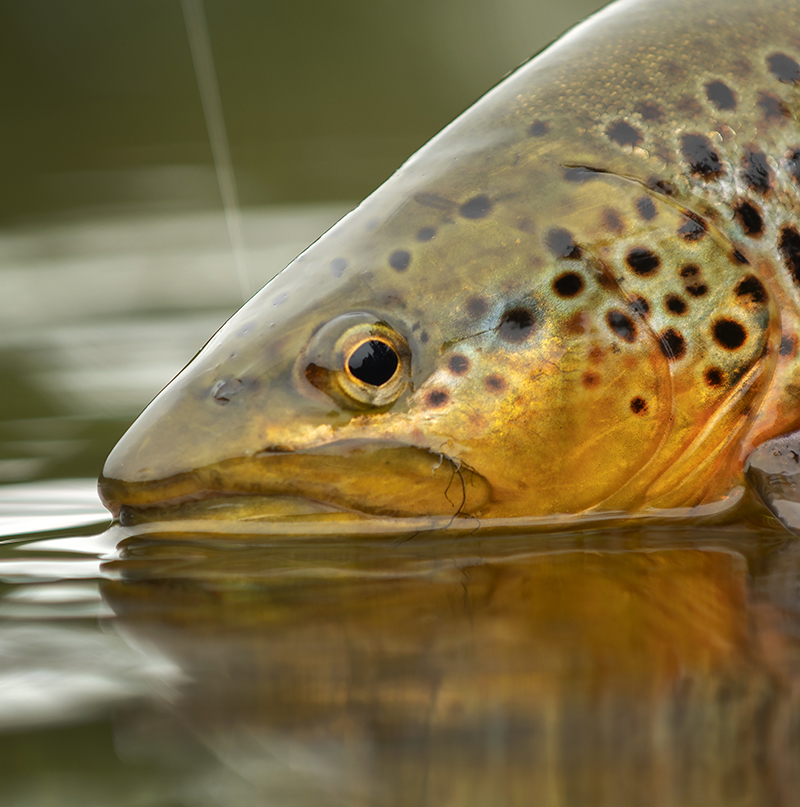
Most fly fishers know the style of flies called Matukas. They are a style – originated in New Zealand; a matuka is not a fixed pattern. In fact, their proper name shouldn’t even be matuka, but rather matuku. Matuku is the Maori name for the bittern, and it was the bittern’s feathers that were used for the first matukas (I’ll from here continue using the now common name).
According to Joseph Bates, Jr., the flies might be as old the the introduction of trout to New Zealand in the late 19th century. It was the English who introduced trout to New Zealand, Australia and Tasmania, so it’s only natural that the style of fly went the other way, so to speak. Matukas appear in Hardy’s catalogues in the 1930s, so it was known in England at that time, and from there, as almost everything fly fishing, it has spread both to the European mainland and to the US.

Bates also writes that it didn’t really become popular in the US until quite late, the Americans favouring their classic streamer style with the free-flowing hackle wings.
It’s a relatively simple fly to tie, yet it’s a bit finicky in some steps. Matukas are fairly durable (the tail part of the wing can break) and they offer a life-like profile of a small baitfish. Using different feathers it’s easy to vary the appearance of the fly. Hen hackles are short and dense and good if you need to imitate the smallest baitfish. Cock hackles are longer and not nearly as dense, allowing the fly tier to represent longer and more slender baitfish.
And the huge selection of feathers, both genetic and natural, available to today offers so many possibilities to tailor a matura-style fly to one’s specific wishes.
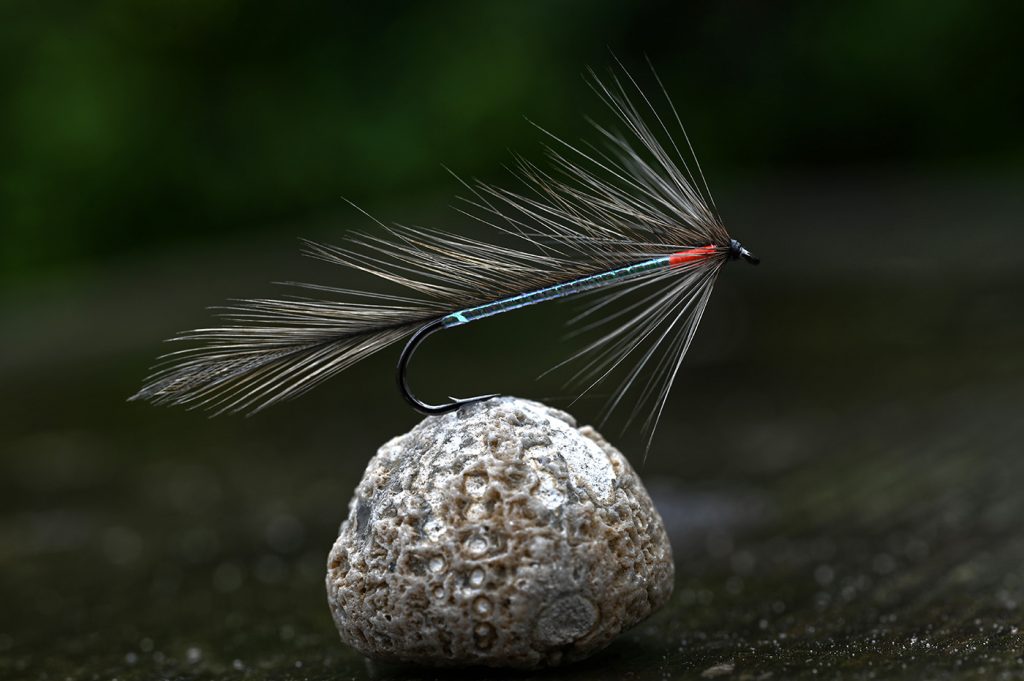
Matukas are most often simple flies. A body, a rib to secure the wing and hackle, maybe a false hackle; maybe a collar hackle. I find them particularly use for fast retrieves. When you tie them, search out well-tapered feathers (which are hard to find) and try and find a good balance of length of feather, length of feather barbs and the hook size. When ribbing the fly (this is the finicky part) I always use a needle to make room for the rib as I turn it up the shank, through the feathers. It makes absolutely no difference, but just one trapped fiber in the wing makes the whole thing look quite disorderly.
Matukas look best simple and sparse and I don’t think their overall appearance and tying technique has changed much over the decades. I like tinsel bodies on mine, but dubbing or chenille goes just as well. And then of course, you can always leave it up to the innovative, Danish fly tier, Kern Lund, to come up with a modern twist.
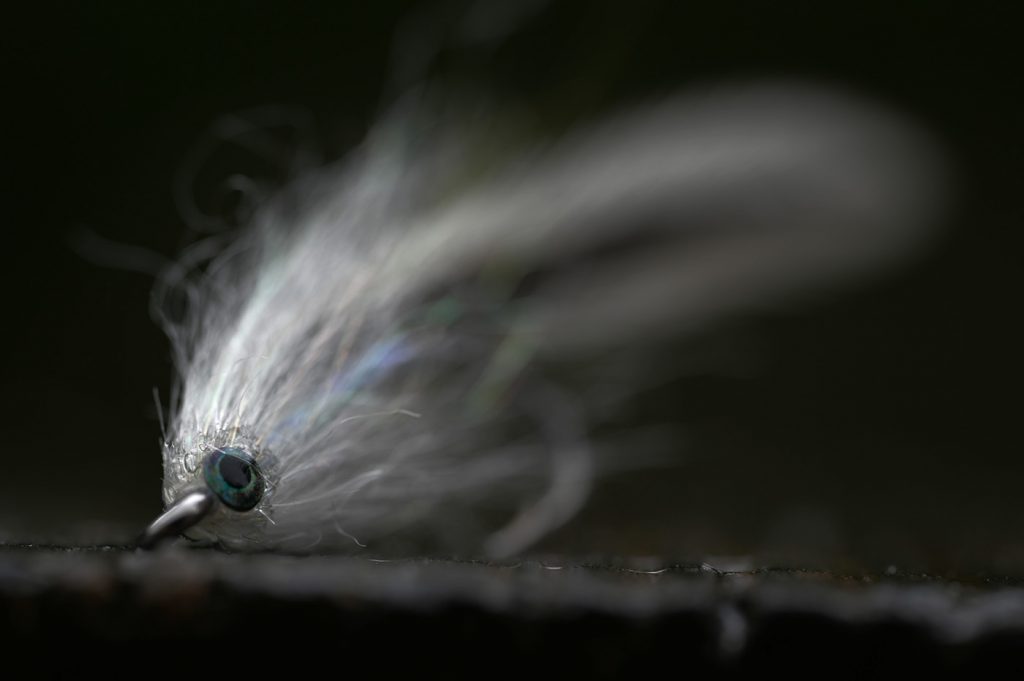
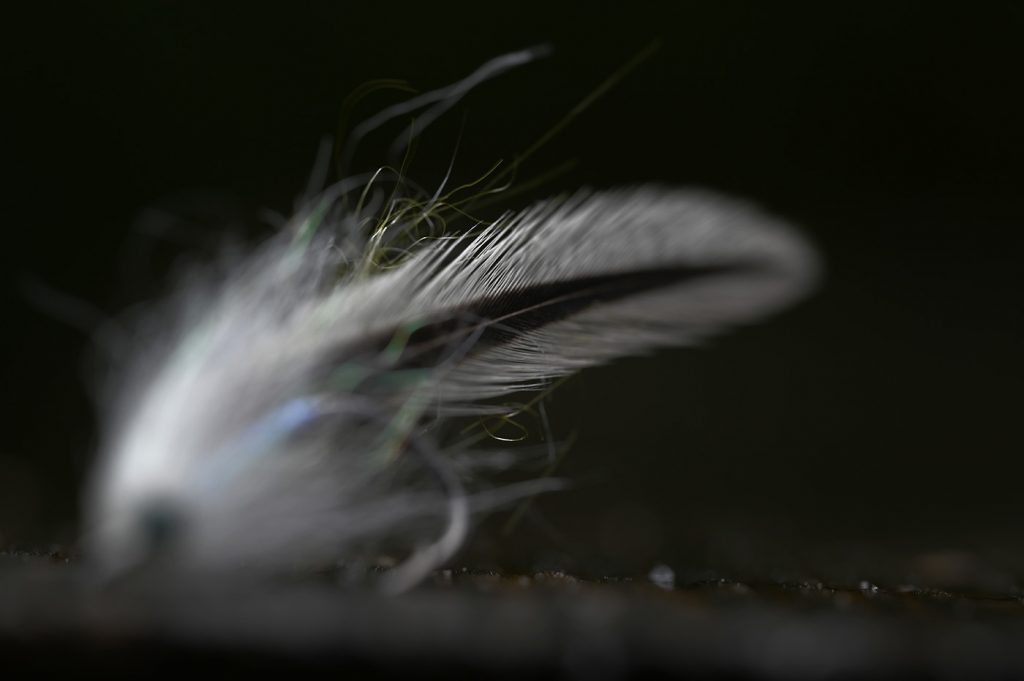
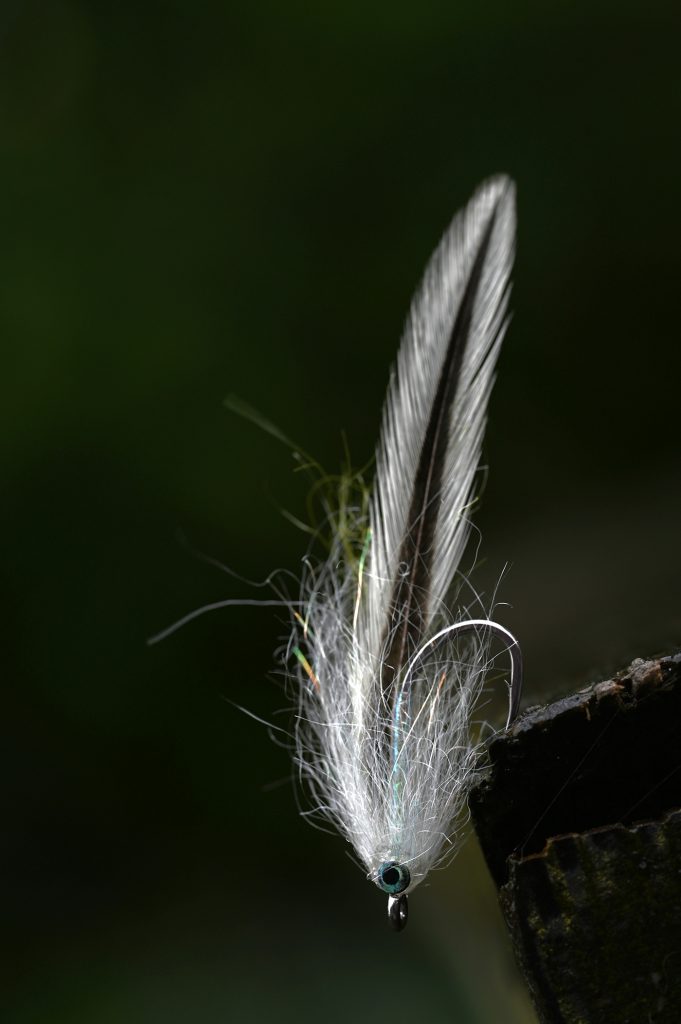
He ties a matuka there he used sparse, transparent long-fibre dubbing both tied over the wing and as a hackle around the fly. This adds just a little sparkle, a little bit of volume and a little bit more mobility.
